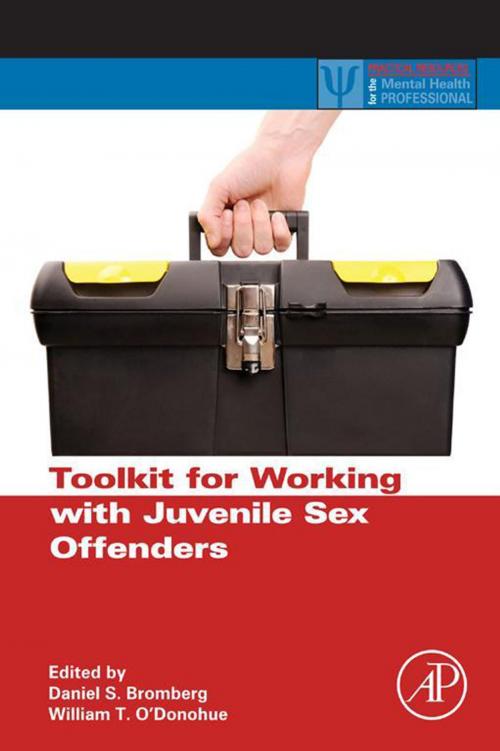Toolkit for Working with Juvenile Sex Offenders
Nonfiction, Health & Well Being, Psychology, Counselling, Clinical Psychology, Medical| Author: | ISBN: | 9780124059252 | |
| Publisher: | Elsevier Science | Publication: | March 4, 2014 |
| Imprint: | Academic Press | Language: | English |
| Author: | |
| ISBN: | 9780124059252 |
| Publisher: | Elsevier Science |
| Publication: | March 4, 2014 |
| Imprint: | Academic Press |
| Language: | English |
Juvenile sex offender therapy has changed markedly since it emerged in the 1980s. Toolkit for Working with Juvenile Sex Offenders provides therapists with a summary of evidence-based practice with this population, including working with comorbid conditions and developmental disabilities. It provides tools for use in assessment, case formulation, and treatment, and includes forms, checklists, and exercises.
The intended audience is practitioners engaged in the assessment and treatment of juveniles whose sexual interests and/or behaviors are statistically non-normative and/or problematic. Readers will find a chapter on academic assessment and intervention, a domain frequently not covered by texts in this field.
- Identifies evidence-based treatment practice specifically for juveniles
- Provides tools for assessment, case formulation, and treatment
- Covers treatment in comorbid conditions or developmental disabilities
- Contains forms, checklists, and client exercises for use in practice
Juvenile sex offender therapy has changed markedly since it emerged in the 1980s. Toolkit for Working with Juvenile Sex Offenders provides therapists with a summary of evidence-based practice with this population, including working with comorbid conditions and developmental disabilities. It provides tools for use in assessment, case formulation, and treatment, and includes forms, checklists, and exercises.
The intended audience is practitioners engaged in the assessment and treatment of juveniles whose sexual interests and/or behaviors are statistically non-normative and/or problematic. Readers will find a chapter on academic assessment and intervention, a domain frequently not covered by texts in this field.
- Identifies evidence-based treatment practice specifically for juveniles
- Provides tools for assessment, case formulation, and treatment
- Covers treatment in comorbid conditions or developmental disabilities
- Contains forms, checklists, and client exercises for use in practice















